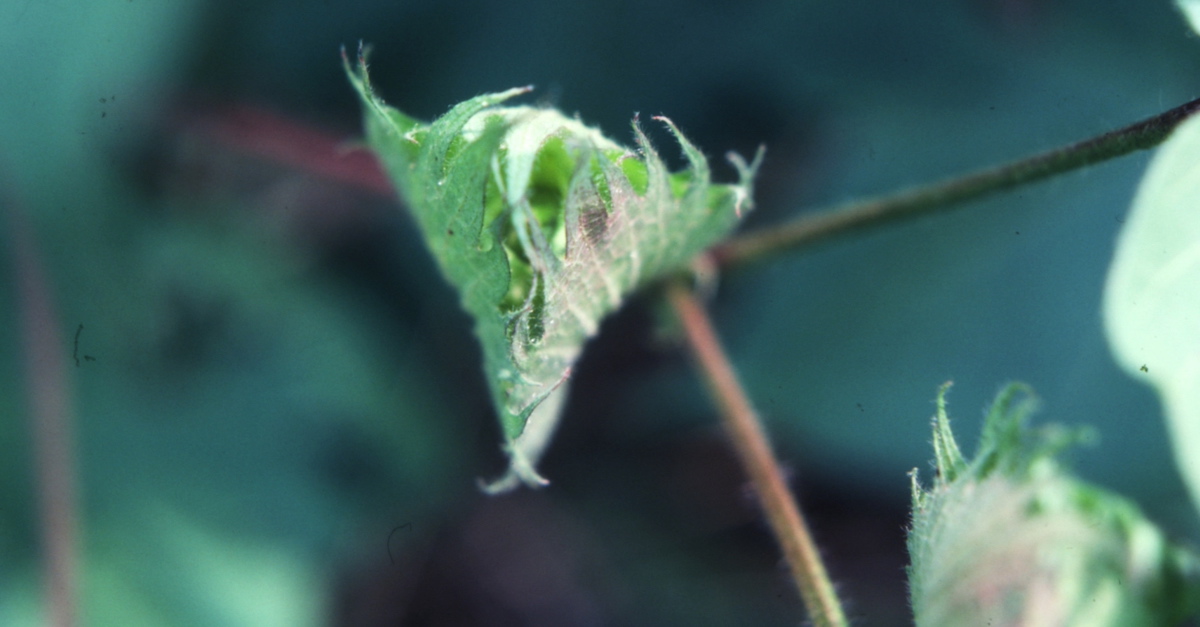How to Reduce Cotton Burn from Post Herbicide Applications
There have been numerous calls on burned cotton from either Dual, Outlook or Warrant tank mixed with herbicides like XtendiMax, Engenia or Enlist One. There are a couple of reasons for the additional burn we have seen so far this spring.
Due to frequent weather delays, sprayers are often sitting loaded for days. Herbicides like Dual, Outlook and Warrant are all in the chloracetamide herbicide family, and they are prone to settling to the bottom of the spray tank. Then, when the sprayer is cranked up and starts making the application, almost pure chloracetamide herbicide will be sprayed for a good part of the tank load. This can cause extreme burn to the cotton for the first half of the tank load.
Adding insult to injury when this happens, one can expect poor weed control in the last half of the tank load.
So what is the answer to this problem? The best solution I have learned from a very experienced sprayer operator is to avoid holding these herbicides in the tank overnight or for a prolonged period of time if at all possible. If you do find yourself having to hold any of these pesticides in the tank, then spend a good while re-agitating the tank. Then, when you think you have done it long enough, spend a good bit more time agitating the tank again. Even then, some cotton injury can be expected.
The weather delays are to blame in more ways than one. Some applicators in a hurry to load a sprayer will add multiple herbicides, adjuvants, and often insecticides all together into the induction tank with no water. If pumped directly into the spray tank in one big glob, they often will not disperse in the tank but settle to the bottom. All those products settled at the bottom are the first to be sprayed out and at a much higher rate than intended, resulting in injured cotton for much of that tank full.
In our research, we do not see as much injury as what has been reported from the field as we mix them one at a time in water. That would be the solution here as well. Load some water, then each product into the spray tank one at a time instead of mixing all the products together by themselves, then putting them into the sprayer tank in one big batch.








